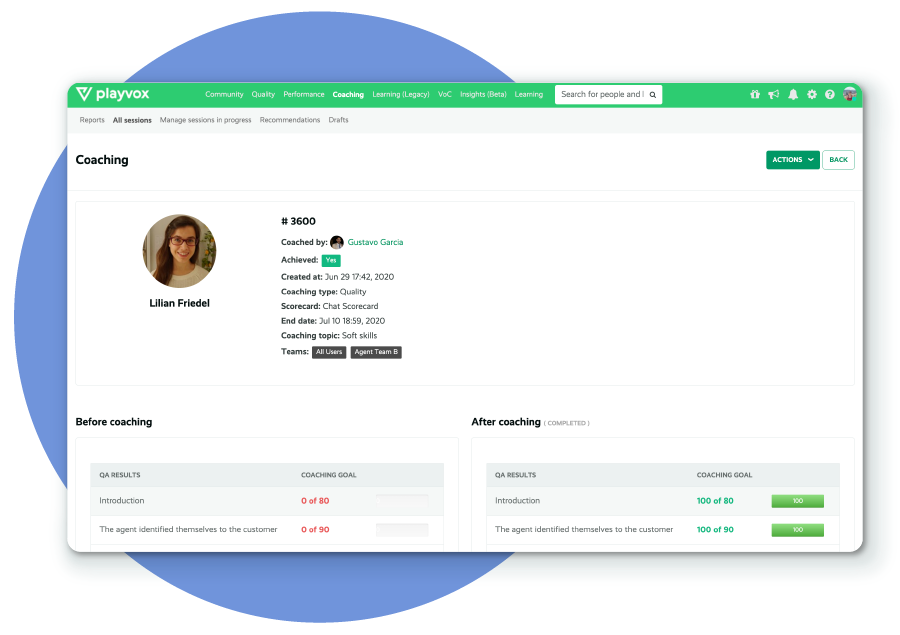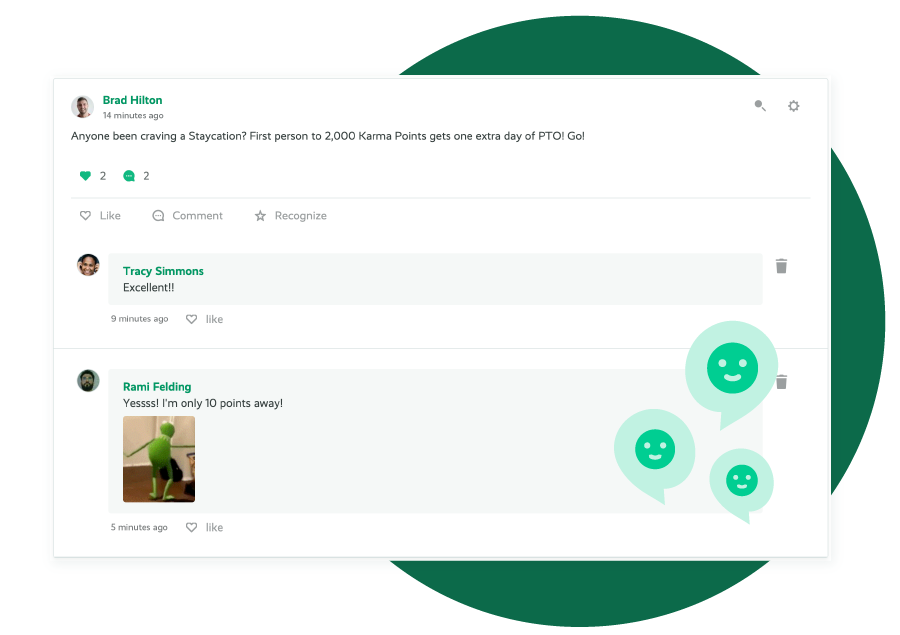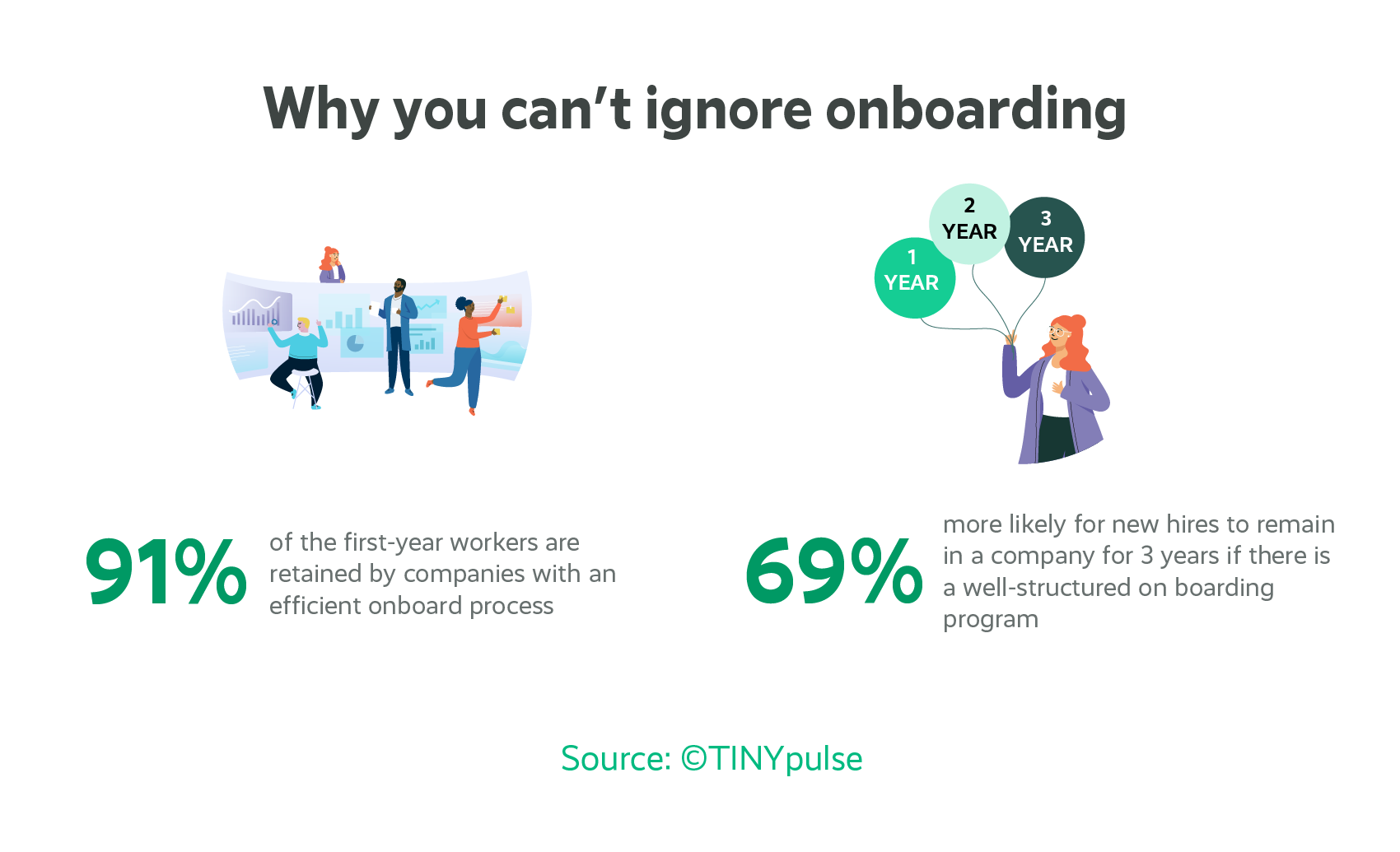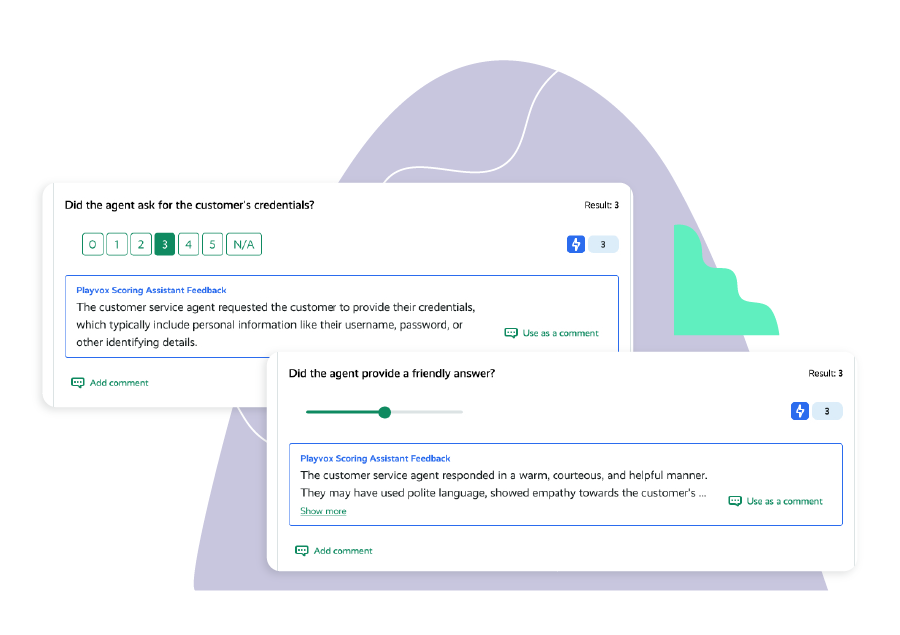10 Call Center Coaching Tools to Boost Agent Performance
When you dive into looking at ways you can improve customer service, the first areas you need to examine are ways to improve the effectiveness of your team as engaged and motivated agents are much more likely to deliver outstanding customer experiences. That’s why you need to employ call center coaching tools to help keep agents dedicated to improving customer interactions. You also need to leverage solutions to shift agent morale if some of your staff members aren’t as satisfied with their work as you might have hoped.
There are many resources and tools available if you know where to look. In fact, such tools are vital to the success of a support center.
If you’re looking for a little inspiration, we’ve rounded up 10 call center coaching tools and techniques to help empower your call center agents, and increase their productivity and motivation, while also creating better customer experiences.

Contact Center Coaching Tools
1. Use the Buddy System As A Call Center Coaching Tool
When we search for new solutions to improve our teams, we often miss the opportunities right in front of us. There’s a wealth of experience and knowledge sitting right in your contact center: your seasoned employees. One of the most effective ways to tap into this resource is to use a buddy system. Here, new employees are paired with more experienced colleagues and encouraged to learn through observation and listening.
The benefit of this approach is twofold. It’s a cost-effective coaching technique, and it gives existing staff the feeling that their expertise is acknowledged and valued in the organization.
The buddy system also promotes a more relaxed environment, where a newer team member feels less intimidated and more comfortable asking questions. One of the key factors that make for happier, healthier workers is how connected people feel with their colleagues, says Dr. Robert Waldinger, a professor of psychiatry at Harvard Medical School and director of the Harvard Study of Adult Development.
The more intentional you are about creating those bonds between team members through something like a buddy system, the more engaged your employees will be.
2. Deliver One-On-One Coaching With A Trainer
One of the most effective call center coaching tools might surprise you. Although we sometimes view feedback about improvements we need to make negatively, one-on-one coaching can do wonders for motivation and engagement. Similar to the buddy system, one-on-one coaching allows the trainer to actively participate in the trainees’ learning, offering advice and guidance along the way.
As with all training tools, this method works best when agents recognize that they are supported and seize the opportunity for personal development. In addition, without consistent and regular feedback, agents may be left questioning how well they are doing their jobs. Make sure you provide your agents with the coaching they need to thrive.

Create closed-loop coaching so every employee, everywhere is engaged. After agents review their coaching assignment, they acknowledge receipt and have the opportunity to enter their own feedback for their manager.
3. Monitor Repeat Offenders
We’ve all been there when leading teams. You offer suggestions, coaching, and other resources, but the same mistakes continue to be made. While most staff will engage in the learning process, there are always staff members who need help to adapt and learn.
In such cases, utilizing monitoring data can help to identify individuals who repeatedly make the same mistakes. Quality management is an important call center coaching tool as it places an expectation of development on staff. And, if done consistently, your support center agents will be able to monitor their progress or understand when you provide less-than-positive feedback on their performance.
4. Call Center Benchmarking
To achieve consistency in the call center and communicate expectations, you must ensure that trainers are all on the same page. Even if your managers are all using the same scorecard, sometimes scoring can vary according to an individual’s personal benchmark. Standardization is key. That’s why benchmarking is so important.
During your benchmarking sessions, set the standard of how calls should be scored and how you define calls that are excellent, good, okay, and poor across the board.
Allow the group at large to give their individual score and see how you match up. Follow up with a discussion to understand why the score was given.
While you will probably never 100% agree, it’s possible to make grading more consistent through well-built scorecards. Clearly outline expectations of a customer service interaction, and don’t be afraid to get into specifics.
5. Presentations
Sometimes the most effective call center coaching tools are ones that allow your staff a moment for a bit of downtime, while still learning in a different and new way.
In this scenario, having a collection of training presentations can work wonders. Popular presentation topics include expanding soft skills, handling escalations, and dealing with challenging customers.

With a presentation, your staff can take time off calls to expand their knowledge without the pressure of performance expectations. This helps your staff to develop on a personal and professional level. According to the Huffington Post, personal growth and development is the art of your employees finding and morphing into the person they want to become through an exploration of identity, talents, potential, as well as dreams and aspirations. Enabling personal growth is key to creating happier and more motivated call center employees.
6. Interactive Games
On occasion, it is beneficial to engage staff in training games as a call center coaching tool. There are many games available that facilitate training and development in a light-hearted way. Systemized gamification can help.
Research on gamification in the workplace shows that employees say gamified training makes them feel more productive (89%) and happier (88%) at work.

With gamification tools, you can use Leaderboards to ignite excitement around new KPI initiatives, learning session achievements, or nearly any other metric and watch performance climb.
Making training a game not only serves as an effective training method but also as a team-building activity. Since call center work can be monotonous, a game can lift the team’s mood and develop skills at the same time. You can also use gamification to align your team on company or organizational KPIs.
Related Article: Best Contact Center Games to Play Remotely
7. Initial Training Program
The biggest cost for many call centers is hiring and training contact center agents. In competitive markets, as we are in now, it makes it even more important to retain those employees once they are onboard. for a call center is to hire talent and retain them. This means that investing heavily in a robust initial training program is crucial.
When you are pulling together an onboarding program, make sure it not only trains for the job, but also defines the company’s values and expectations.

This allows newcomers to learn more about the operations and prepare for their role in the support center. This preparation should not be overlooked as you want to ensure your agents are well-trained when they have interactions with your most valuable asset – your customers. Obviously agents won’t be able to deliver exceptional customer service if they are still figuring out how to do their job so spend the time upfront to make sure they are ready when that first interaction comes their way.
8. Automated Quality Management (AQA)
When considering call center coaching tools, software is a great solution to turn collected data into meaningful insights.There are many tools you can leverage to help monitor customer interactions. While we’ve talked about quality management software, if you want to be able to scale effectively, you’ll want to automate as much as possible. That’s where something like Automated Quality Assurance (AQA) comes in. With AutoQA, you can get the full picture of what is driving customer interactions with your business and also identify the underlying sentiment. AutoQA also provides AI to assist your analysts with scoring to drive a more efficient scoring and feedback process, while also letting your your team to gain confidence in the results.

With Automated Quality Management (AQA), you can analyze 100% of text-based interactions
9. Quality Metrics for Your Contact Center
Having a clear way to assess the work of your staff is vital. Establishing quality metrics is one of the most important aspects of your call center coaching. Setting a fixed grading system that rewards good performance can work wonders when it comes to coaching.
Just remember that metrics must be robust and fair to ensure that there is no ambiguity.
10. Customer Satisfaction and Customer Feedback Monitoring
The most vital intelligence a service center has is its customers’ opinions. That’s why a tool such as sentiment analysis is so important.
Sentiment analysis enables your customers to provide feedback about whether they were satisfied with a given interaction through an analysis of the text they use throughout the interaction. This then lets you see if the sentiment is positive, negative, or neutral and provides an important benchmark for understanding the consistency of your customer experience.
In addition to sentiment analysis, the classic Net Promoter Score (NPS) criteria is a great way to measure how your staff is performing. Along with sentiment and NPS, you’ll also want to use and analyze complaints received, escalations, soft skill development, and other metrics that tell you the experiences your customers are commonly receiving.
Call center coaching tools aren’t one size fits all. Some staff will respond to one approach and others to a different approach, and it’s best to be prepared. With call center coaching software, you’ll be able to track performance and deliver coaching based on individual needs to ensure each teammate is trained and engaged. Want to learn more about how to motivate and engage your call center agents? Check out this article and learn how to engage, manage, and motivate remote teams. Alternatively, download this e-book and understand how you can better maximize the potential of your call center agents.







